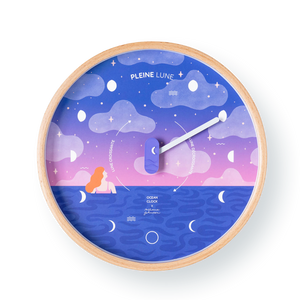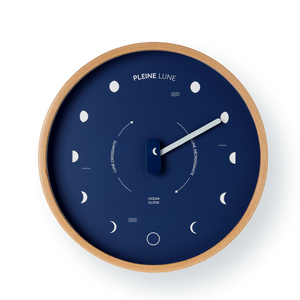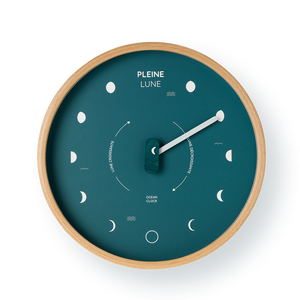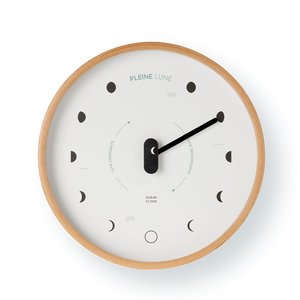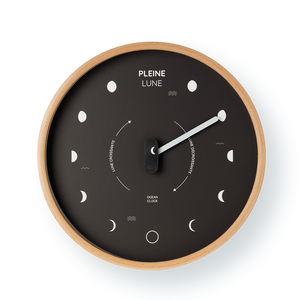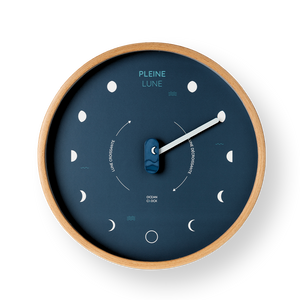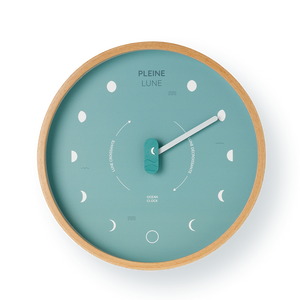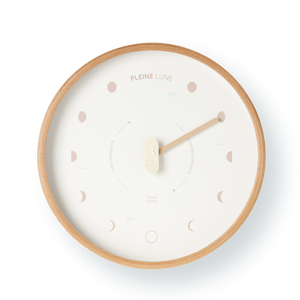Did you know ? It takes around a 1,000 years for a drop of water to go round the globe ! So, how can it travel such distance ? Here is a hint : the answer is to be found at the heart of oceans. The journey is made naturally thanks to ocean currents. What an interesting phenomenon ! In this article, we will explain to you what the different currents are, how those ocean currents get formed and why they are essential for our planet.
How do ocean currents work ?
Who has never created some current by going round the swimming pool, just for the pleasure of letting ourselves be carried by the flow ? Let us be honest, ocean currents are more dangerous than those observed in swimming pools, however there are genuine similarities between them.
Those two types of current can be defined in the same way. Indeed, in both cases, it is about an ongoing and cyclic move of water. In the case of ocean currents, we are facing seawater movements, a bit like some kind of rivers right in the middle of the ocean. Of course, ocean currents cannot be compared with river currents or others. Let us get into interesting details !
What we can tell you is that ocean currents have many interesting facts.
A better understanding of how ocean currents work
Constantly in motion, seawater never stops moving through oceans thanks to ocean currents. That is precisely how the drop of water travels all round the globe. What we really want to know is how these currents get formed. We will give details about this phenomenon via simplified explanations.
There is not one but several ocean currents
It is important to outline that there are two types of ocean currents :
- Surface currents
- Depth currents
Obviously, surface currents impact the surface of the ocean (up to 800m deep though).
Beyond that point we are confronted to depth currents which move oceans' waters around. Those two types of ocean currents get formed in a totally different way.
Be aware that tides also trigger sea currents. Those tidal currents depend on several conditions: wind, seabed, tidal range, atmospheric pressure… If you don’t want to be taken by surprise by this type of current, check the state of the tide on your tide clock.

© Studio 255
Formation of ocean currents
Now that the ocean currents have been identified and differentiated, it is now time to explain how those currents get formed.
Concerning surface ocean currents, their formation relies on two factors : the wind and the Earth's rotation. Indeed, those currents follow the winds' trajectories which results in water movement. However, the wind is not the only one to impact surface currents. Indeed, Coriolis force (force exerted on the Earth's rotation), diverts the direction of winds and currents. In The North Hemisphere, winds and currents move clockwise, whereas in the South Hemisphere, water movements go the other way round.

As the wind is no longer effective in the ocean's depth, it is the difference of water density that will form ocean currents within the deep ocean, these currents are called depth currents. What is this density about ? When it comes to water density, there are two components to take into account : salinity and water temperature. The colder and saltier the water is, the denser it is. Therefore, dense seawater will not remain on the surface but will sink into the deep ocean.

Linked currents
You may wonder how the water carried by those currents go round the planet. All can be explained by the connection between surface currents and depth currents, known as "treadmill" or called thermohaline circulation by scientists.

Surface currents' hot waters cool down when they reach the poles and end up being densely salted with the evaporation, which results in making them denser. Consequently, these waters sink deeply but get progressively warmed up to finally go up to the surface again as they move. This cycle goes on and on continuously !
Effects of ocean currents
You now know how ocean currents are formed, but do you happen to know that they play an essential role on the climate and sea life ?
Ocean currents move seawater around on purpose. Beneath those water flows lies a climatic stake. Indeed, ocean currents regulate both the continents' heat and air humidity. The Sun does not cover the Earth evenly but currents will redistribute the hot zones' solar energies to cold zones. For instance, the most well-known current, the Gulf Stream, carries the tropical heat to warm Europe up.
Not only does the "treadmill" phenomenon make the climate milder or hotter but it also contributes to the good circulation of nutriments and minerals that are essential to the development of marine species. Furthermore, cold waters moving back up into hot zones trigger planktonic proliferation which will attract fish and cetaceans.

Oceans have not finished to surprise us !

